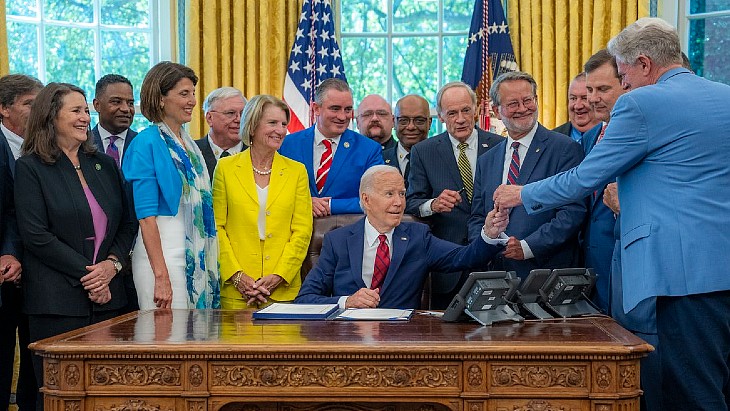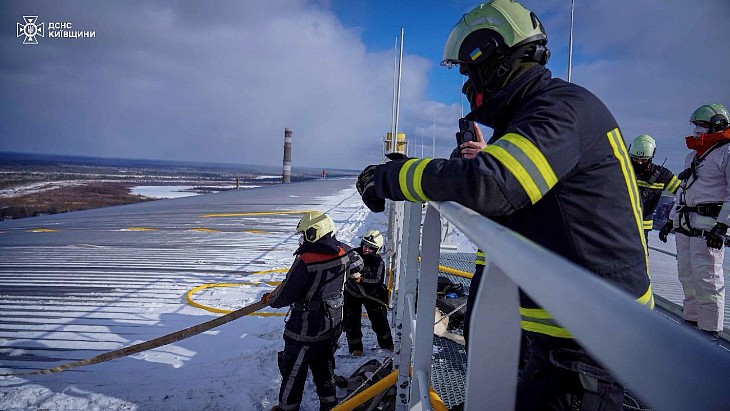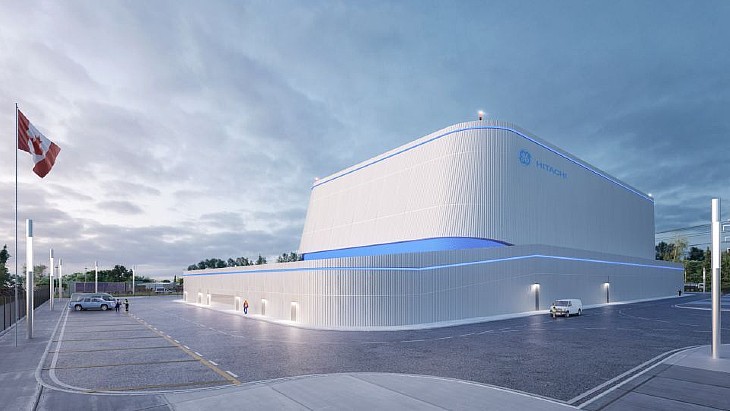Hunterston B restarts delayed by several weeks
.jpg)
Reactors 3 and 4 have been offline since March and October, respectively, after cracks were found during routine inspections. EDF has said it still expects Hunterston to close in 2023.
EDF Energy announced in May that Reactor 3 will remain offline while new cracks are investigated in the unit's graphite core. Whilst these cracks are expected as part of the ageing process of the graphite bricks, the latest cracks have appeared quicker than anticipated.
Hunterston B power plant is a nuclear licensed site operating two Advanced Gas-cooled Reactors (AGRs) - units 3 and 4. The graphite core of each of the reactors is made up of around 6000 graphite bricks - 3000 of these are the graphite bricks containing fuel channels - which are all connected together. The plant began operating in 1976. Cracks have been found in some of the graphite bricks in both reactors 3 and 4 at Hunterston B during the past few years.
A company spokeswoman said by email yesterday that the current estimate is that Reactor 4 will now return at the end of March and Reactor 3 at the end of April.
"Our strategy is progressing well and we are engaging positively with the Office for Nuclear Regulation (ONR) throughout this complex programme of work. Our lifetime expectation to 2023 remains unchanged," she said.
On 2 November the company submitted a safety case to the ONR seeking approval for return to service of Reactor 4 and it is also preparing to submit the safety case for Reactor 3. It must demonstrate that, for the next period of operation, the reactor will operate and shutdown safely during normal operation and during a "highly unlikely" earthquake scenario.
"The ONR is completely independently reviewing the case and is assessing every aspect of our technical work," the spokeswoman said. "This is our normal process. It is not possible for us to confirm with certainty how long this process will take; our top priority is that it’s completed with appropriate rigour."
The reactor cores of all 14 AGRs in the UK are made up of graphite bricks. Channels run through these bricks for nuclear fuel, and also for control rods which can stop the nuclear reaction if needed. This graphite was always expected to change over time. How it ages is one factor which will determine how long Britain's AGRs will operate.
EDF Enegry says on its website that it has been engaged in "the most extensive graphite investigation programme ever undertaken". It adds: "In May 2018, it was decided that Hunterston B's Reactor 3 would remain offline to enable us to work with the regulator to ensure that the longer term safety case reflects the findings of the recent inspections and includes the results obtained from other analysis and modelling."









_88592.jpg)
_66488.jpg)

